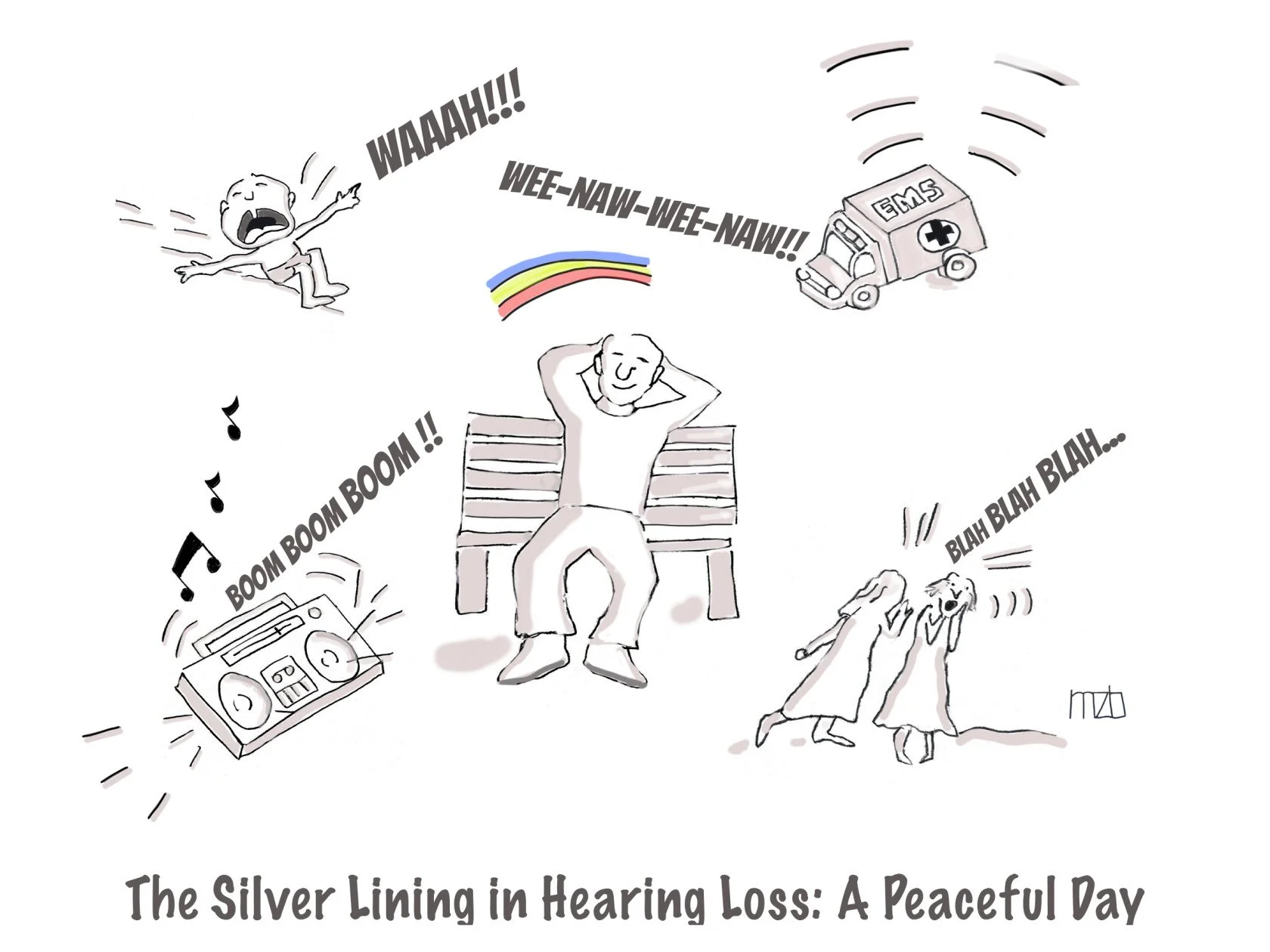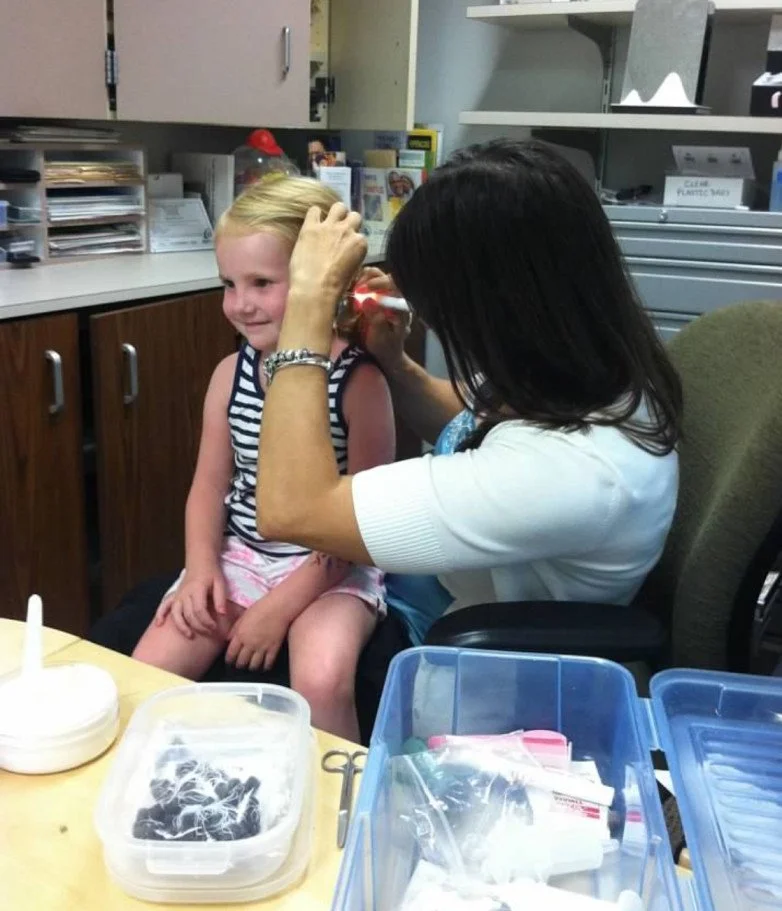By Anat V. Lubetzky, Ph.D.
Persistent postural-perceptual dizziness (PPPD) is typically defined as having symptoms of dizziness and imbalance for three months or longer when lab test results cannot pinpoint a cause. In collaboration with researchers at the University of Haifa in Israel, our lab investigated two different virtual reality paradigms in an attempt to shed light on the mechanisms underlying PPPD. While our sample sizes were small, the results of this research highlight the value of virtual reality usage and provide a basis for further investigations.
First Study: Subjects with PPPD in Complex Visual and Cognitive Environments
In our first study in the Journal of Vestibular Research, published in March 2021, we asked people with PPPD and healthy controls to stand in a heel-to-toes position, or one foot in front of the other in a line (“tandem”). Using a head-mounted display (the HTC Vive), we showed white dots against a black background, like stars in a night sky, that were static or moving during 20-second trials. On half the trials, participants performed a standard mental task (subtracting by units of three). We compared the two groups in terms of changes in postural sway and head movement in response to these tasks.
Lubetzky and team showed white dots against a black background, like stars in a night sky, that were static or moving during 20-second trials.
The results showed that people with PPPD moved their head and swayed more than the controls on easier tasks, but this difference decreased as the challenge increased. We concluded that balance responses to cognitive and visual load varied: The healthy controls demonstrated increased movement as task difficulty increased, while people with PPPD did not. These differing postural strategies were particularly observed around the head. Based on the results, it may be that patients with PPPD choose a postural control strategy that minimizes head movement, to facilitate a more stable performance overall.
Second Study: The Four-Square Step Test in a Virtual Environment
Our second paper in the Journal of NeuroEngineering and Rehabilitation, also published March 2021, involved a translation of a well-known dynamic test of balance, the Four-Square Step Test (FSST), into a virtual environment. While a valid test of balance with an ability to predict the risk of falls, the traditional FSST is typically conducted in a well-lit room with no visual distractions. Another characteristic of the traditional FSST is that the outcome only measures duration (speed in seconds) without providing information on movement strategy and quality of performance.
We showed that the FSST-VR allows for modification of the visual environment as well as identifying movement strategy, quantifying head movement, and measuring task duration. People with PPPD and healthy controls performed the FSST task inside a virtual subway scene with three levels of visual complexity.
Performance duration of the FSST-VR, like the traditional FSST, was similar between groups. We did not observe performance differences between the PPPD group and controls completing the FSST-VR task. We did see moderate associations between head kinematics and trait anxiety, balance confidence, and dynamic balance that differed between people with PPPD and controls, specifically during high visual load environments.
Virtual reality paradigms may help shed light on postural control dysfunction in people with hearing loss or vestibular disorders.
Namely, in the PPPD group increased trait anxiety, reduced balance confidence, and slower speed on the Timed Up & Go test (sitting in a chair, standing up, walking to a point 10 feet away, walking back, and sitting again) were associated with a smaller range of head motion. These relationships may suggest that people with PPPD who are more anxious and less confident limit their movement, adopting a “high risk” stiff-motion strategy. In contrast, among controls, increased anxiety, decreased balance confidence, and reduced functional mobility were associated with the opposite tendency—that of increased range of motion within the virtual environment.
Findings from both studies need to be replicated in larger groups of patients. Despite the small sample size and the preliminary nature of the work, the portability and simplicity of the head-mounted display setup could allow for a simple clinical translation and potentially serve as a differential diagnosis for PPPD and other vestibular disorders.
A 2019 Emerging Research Grants scientist, Anat V. Lubetzky, Ph.D., is an assistant professor in the physical therapy department at New York University. For references, see hhf.org/winter2021-references.







As one who inhabits the worlds of both hearing and deafness, I am amazed by what you likely take for granted—the gift of hearing. And I experience the benefits, the misfortunes, and the humor of not hearing.